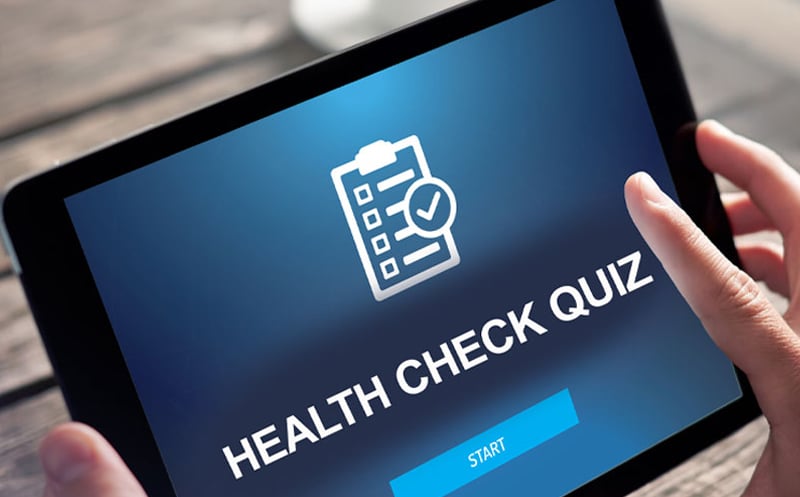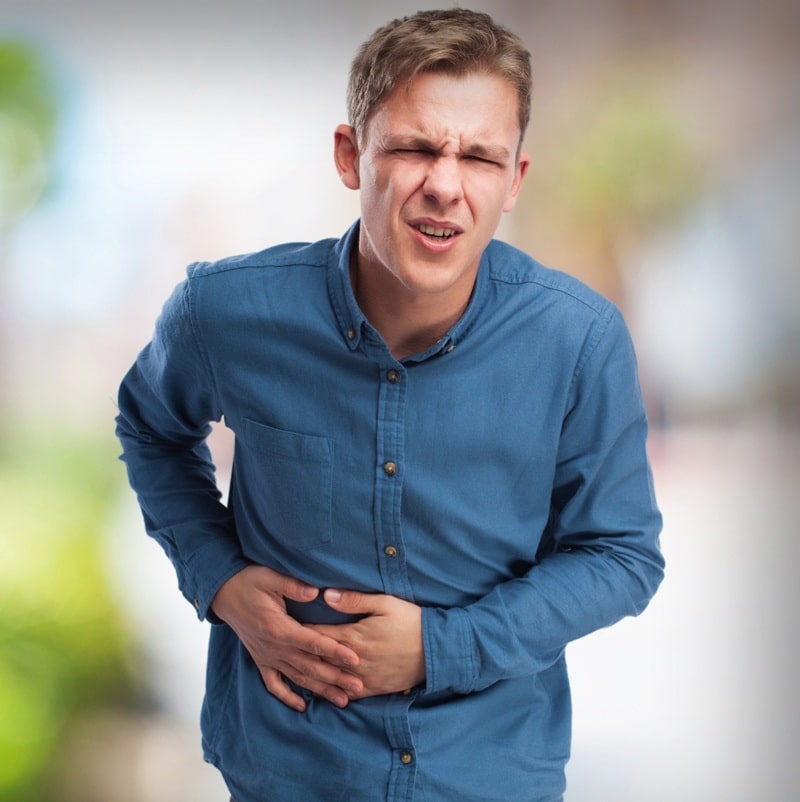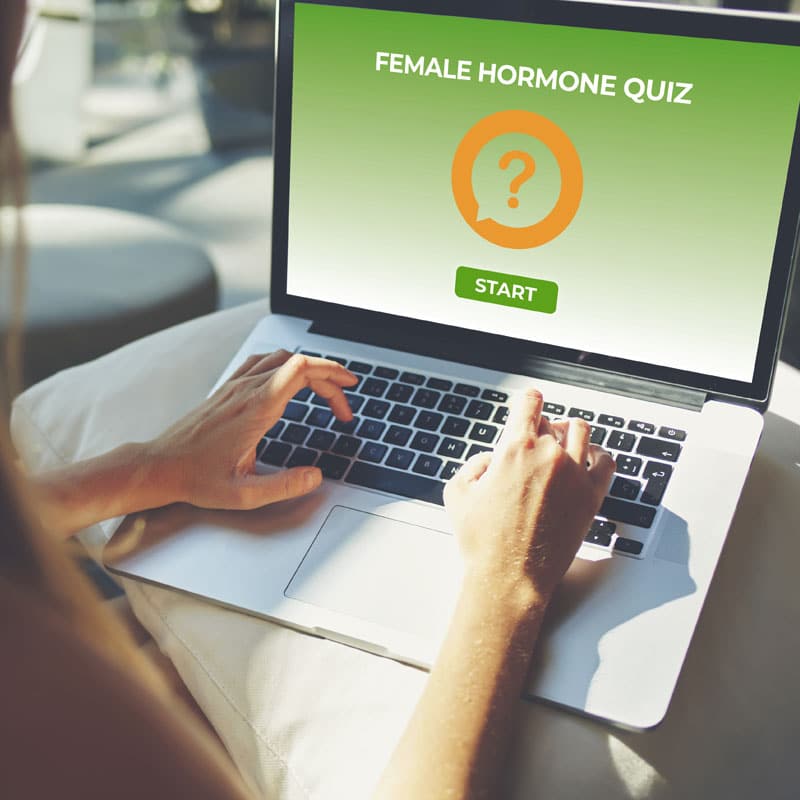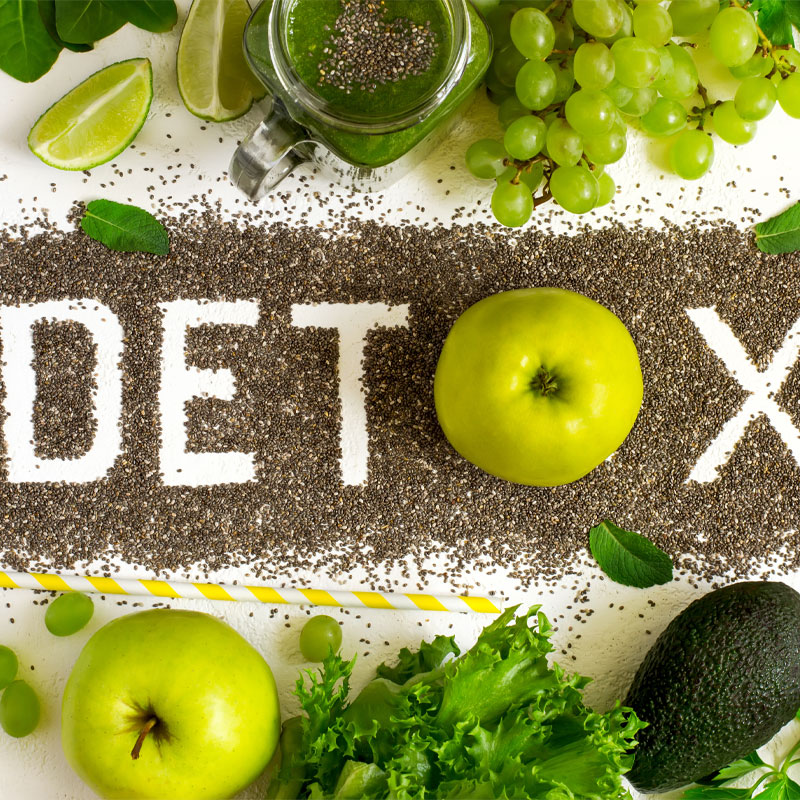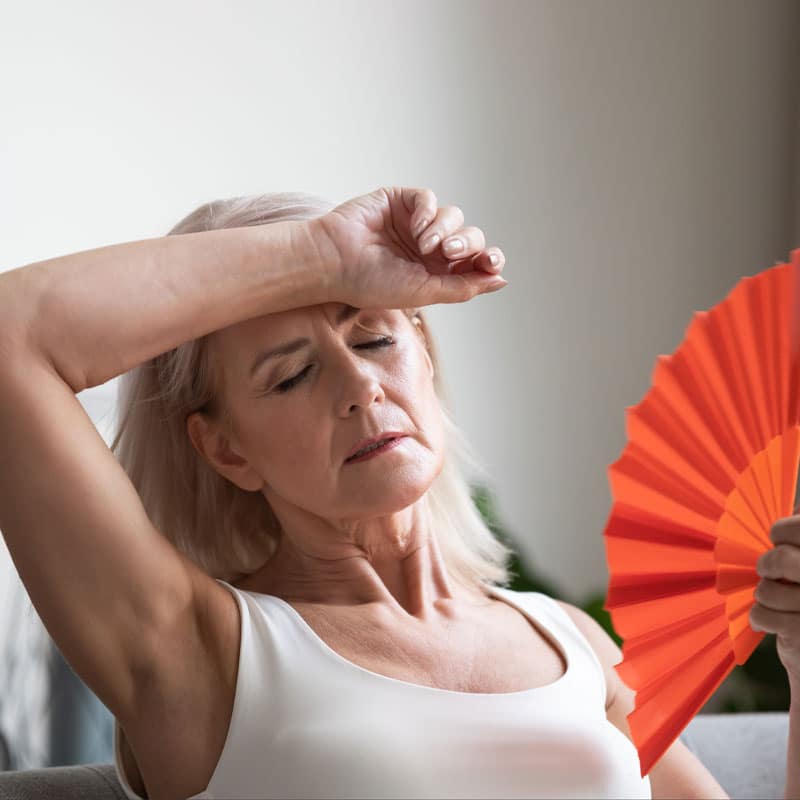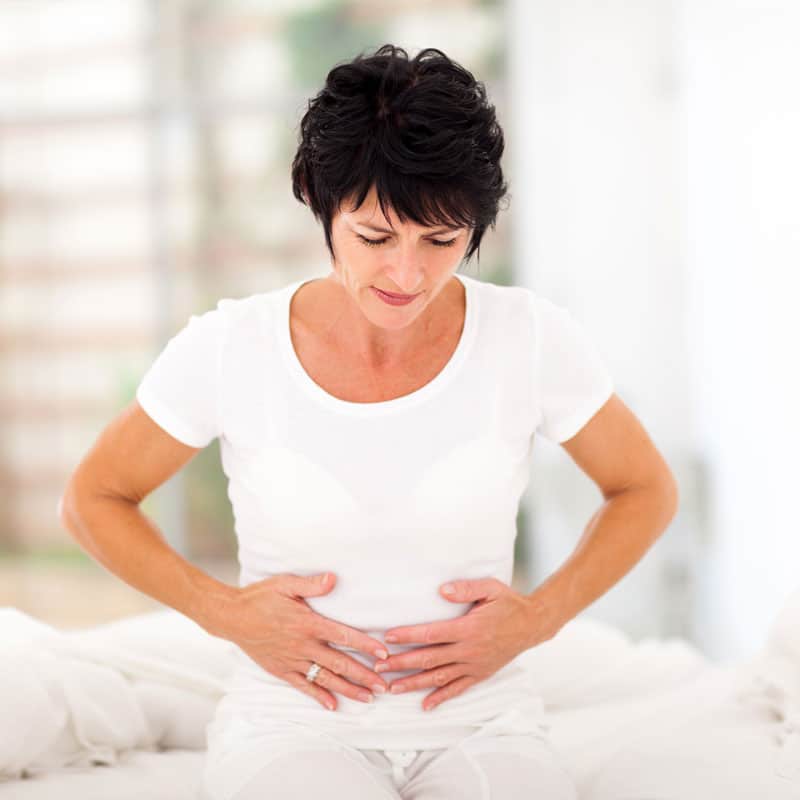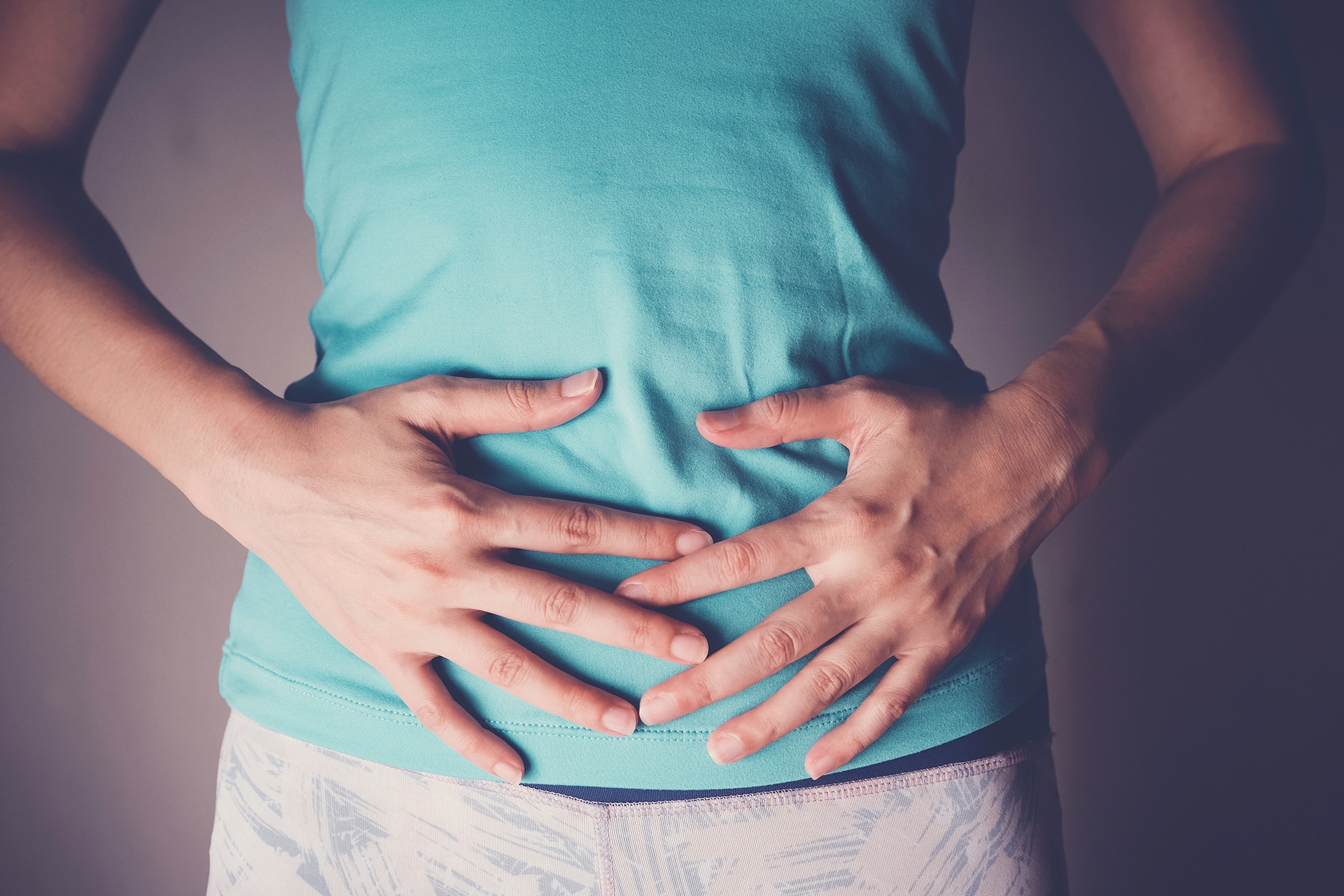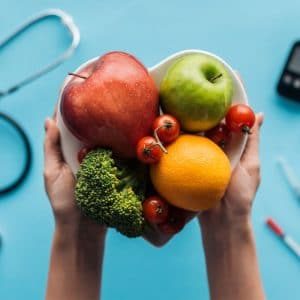index
Do you constantly feel tired?
Has your appetite changed?
Is your menstrual cycle messed up?
Are you experiencing menopausal symptoms?
Do you have a low sex drive?
These are symptoms of estrogen imbalance. When an imbalance occurs, it impacts every system in your body. Estrogen is an essential hormone used throughout the body. Most people know estrogen regulates menstruation, develops the reproductive system, and maintains reproductive health. In addition, estrogen helps maintain essential body processes like cognition, cardiovascular health, and bone health. Whether you want to improve your reproductive health or boost your heart health, eating various estrogen-rich foods will help.
Why Do Estrogen Levels Fluctuate?
Estrogen levels vary from person to person. In addition to this, your estrogen levels wax and wane throughout your menstrual cycle. As you age, estrogen levels will fluctuate. When your estrogen does not remain level, you can experience hot flashes, mood swings, and much more. In addition to your menstrual cycle, several things can alter your estrogen levels, causing them to rise and fall. These conditions include:
- Aging
- Anorexia nervosa
- Breastfeeding
- Certain medications like steroids and drugs that contain estrogen
- Diabetes

- Dieting
- High blood pressure
- Menopause
- Obesity
- Ovarian insufficiency
- Polycystic ovary syndrome (PCOS)
- Pregnancy
- Puberty
- Strenuous exercise
- Tumors on the adrenal glands
- Tumors on your ovaries
- Underactive pituitary gland
Symptoms of Estrogen Imbalance
An estrogen imbalance can lead to several health problems. When you have an imbalance, you may experience:
- Anxiety
- Changes in your menstrual flow (light or heavy periods)
- Depression
- Dry skin
- Fatigue

- Increased menopause symptoms like hot flashes and night sweats
- Low sex drive
- Menstrual issues, including irregular or no periods
- Mood swings
- Noncancerous uterine and breast lumps
- Sleep issues
- Vaginal atrophy
- Vaginal dryness
- Weight gain, particularly in the waist, hips, and thighs
Estrogen Rich Foods to Incorporate into Your Diet
If you are experiencing estrogen balance symptoms, you will want to talk with your doctor specializing in women’s health. If you have low estrogen levels, your doctor may recommend a variety of options, including hormone replacement therapy, supplementation, or birth control pills. In addition to this, your doctor may recommend adding estrogen-rich foods to your diet.
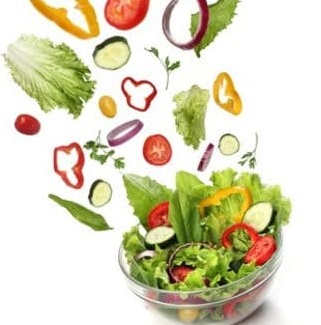
Cruciferous Vegetables
Cruciferous vegetables are in the Brassicaceae family and include broccoli, bok choy, brussels sprouts, mustard greens, kale, cauliflower, cabbage, collard greens, kohlrabi, turnips, chard, radish, and rutabagas. They contain vitamins, minerals, fiber, and a host of phytochemicals that reduce inflammation, enhance the body’s ability to heal itself and promote hormone production.
Dairy Products
Did you know that dairy products may help to increase your estrogen levels? Many people are surprised to learn that full-fat milk can contain estrogen; however, the amount of estrogen in the milk depends on where in the lactation cycle. If you are experiencing an estrogen imbalance, regular consumption of full-fat milk, mainly organic full-fat milk, may help balance your hormones.
Flax Seed
Flax seeds are estrogen-rich foods for menopause. This powerful health food contains lignans, which are potent phytoestrogens. Researchers have discovered that lignans provide anti-cancer and antioxidant protection, lowering the risk of several cancers, including colorectal and breast cancer. In addition, flax seeds contain omega-3 fatty acids, which provide anti-inflammatory properties to help heal the body naturally. As inflammation decreases, the body is better able to produce and balance hormones, including estrogen.
Garlic
Garlic is a herb prized for its flavor and health benefits. It is enjoyed raw, cooked, baked, roasted, or sauteed. It contains allicin, which provides anti-inflammatory relief and reduces the risk of heart disease and blood pressure. Furthermore, garlic helps boost the immune system, reduces cancer risk, provides antibiotic and antioxidant protection, and improves blood quality. It also helps detoxify the body to create and release hormones, including estrogen.
Legumes
Researchers around the world have studied various legumes and the benefits that they offer. Legumes contain phytoestrogens, fiber, and a host of nutrients used by the body to optimize health, reduce inflammation, and increase the number of hormones produced. Here are the legumes that have the highest amount of estrogen in them:
- Peas
- Chickpeas
- Lentils
- Soybeans
- Lima bean
- Carob
- Kidney beans
- Mung beans
- Pinto beans
- Black-eyed peas
- Lentils
Nuts and Seeds
Some of the best foods with estrogen include nuts and seeds. Studies have shown that certain nuts and seeds have higher amounts of phytoestrogen than others. Eating nuts and seeds may help rebalance your hormones and promote women’s health.
- Almonds
- Brazil nuts
- Cashews
- Peanuts
- Pine nuts
- Pumpkin seeds
- Sesame seeds
- Sunflower seeds
- Walnuts

Red Wine
Studies have shown that moderate consumption of red wine (no more than 5 ounces per day for women) offers several health benefits, including lowering the risk of several diseases. Red wine is created by crushing dark, whole grapes and then allowing the juice to ferment.
Grape skin contains potent plant compounds, antioxidants, and phytoestrogens that reduce oxidative damage in the body. These phytoestrogens also reduce inflammation, which can decrease the risk of cardiovascular disease and breast cancer. Red wine’s anti-inflammatory properties can also help improve and balance hormones.
Pro-Tip: If you do not like red wine, you can reap the benefits of phytochemicals and phytoestrogen-rich foods by enjoying cranberries, blueberries, and red grapes.
Soybeans
Soybeans contain isoflavones that are beneficial to those who have low estrogen levels. These isoflavones are phytoestrogens that mimic the effects of estrogen. Soy also contains a plethora of vitamins and minerals that support good health.
Incorporating soy products such as tofu, edamame, tempeh, and soy milk into your diet may help relieve menopausal symptoms like hot flashes and night sweats. Soy’s phytoestrogens also help lower the risk of breast cancer. Using soy instead of red meat and processed meats can improve your heart health.

Female Estrogen Dominance Quiz
Take a 5-minute quiz to evaluate if you have Estrogen Dominance.

Balancing Estrogen Levels
If your hormones are imbalanced, you will experience a plethora of symptoms, including hot flashes, night sweats, menstrual dysregulation, mood swings, and fertility issues. Our functional medicine clinicians specialize in hormone balancing and understand the importance of nourishing the body to promote hormone regulation. A diet containing a variety of estrogen-rich foods can help with hormone balancing. In addition, you can boost your estrogen levels with daily exercise, get the recommended 7 to 9 hours of sleep, and detoxify the body with natural ingredients.



